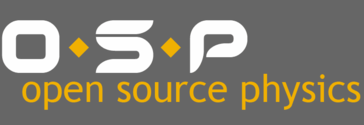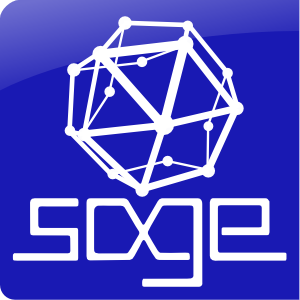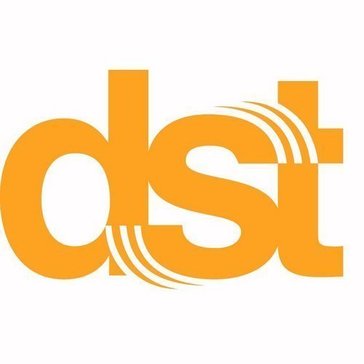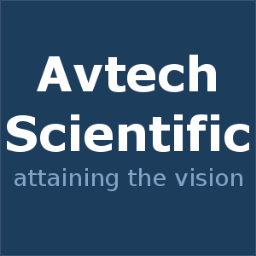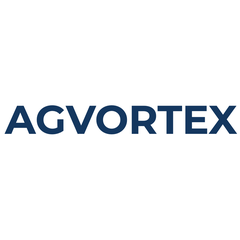
Jmol
JSmol transforms molecular visualization by embedding Jmol’s robust capabilities into web pages using HTML5. This interactive object supports complex scripting and showcases animated displays of molecular structures, making it an invaluable tool for students, educators, and researchers. It operates seamlessly across multiple platforms, enhancing accessibility in scientific exploration.
Top Jmol Alternatives
OpenSim
OpenSim is an innovative software platform designed for the modeling and simulation of the neuromusculoskeletal system.
Galatea
GALATEA is a sophisticated simulation platform designed for modeling and simulating multi-agent systems.
ns-3
ns-3 is a discrete-event network simulator designed for Internet systems, primarily serving research and educational purposes.
Open Source Physics
The Open Source Physics Project offers innovative curriculum resources that enhance student engagement in physics through computation and modeling.
Freemat
FreeMat 4.2 is an open-source environment designed for rapid engineering and scientific prototyping.
Chemical WorkBench
Chemical WorkBench is a powerful Computer-Aided Engineering (CAE) software designed to streamline chemical process design and analysis.
Working Model
With its automatic collision detection and specialized scripts for complex analyses, it streamlines the design...
PSCAD
It features an extensive library that includes everything from basic passive components to intricate electric...
Advanced Simulation Library (ASL)
Its intuitive C++ interface minimizes the need for OpenCL knowledge, while mesh-free techniques streamline the...
GNU Octave
Users can execute the Octave interpreter in GUI mode, console, or shell scripts...
AutoCAST
Users benefit from quick analysis and automatic gating design, significantly cutting down simulation times...
AGVortex
Utilizing an innovative solver based on vorticity dynamics, it efficiently resolves LES turbulence models on...
OpenEaagles
It supports real-time performance for applications such as operator training and system analysis, featuring interoperability...
Mobility Testbed
Built on the AgentPolis platform, it offers a rich interaction environment that facilitates the evaluation...
Jmol Review and Overview
Highly recommended for researchers, Jmol is a Java viewer which can be used to generate 3D visualizations through Java. Used in conjunction with Jmol, it can be used to present your research in a more clear and easily comprehensible way. The sheer amount of ways that you can use Jmol is the core appeal of the application.
Versatile and adaptable
It can support almost all major OS including Windows, Mac OS X, Linux and Unix as well as all browsers like Firefox, Explorer, Safari and others. Jmol also supports an exhaustible number of file format including CIF. Jmol can be embedded in any web page and does not require the installation of Java and exhibits all functionality of Jmol.
Learning Curve
For the scientifically minded, learning and incorporating Jmol should not pose any challenge. The users can browse the number of tutorials, examples and other resources like our wiki for learning how to use Jmol. There is also a vibrant community where you can interact with fellow users, which makes it a great spot for the exchange of ideas and help. It is highly advisable for the newcomers to join the Jmol-users and Jmol developers’ mailing lists to stay abreast of any new developments and browse the archives for the old ones.
Applications
Jmol’s ability to visualize is only limited by its user’s wishes. One can simulate anything from simple structures to complex proteins to mapping the movements of a single orbital in real-time and much more. Jmol can be freely used in any manner, be it to render still images, 2D or 3D models, animation etc. making it an invaluable asset for any researcher, student or anyone in the fields of biotechnology, chemistry etc.
Top Jmol Features
- Interactive web browser object
- Cross-platform compatibility
- Open source software
- 3D molecular visualization
- Embedded in web pages
- Jmol scripting language support
- Extensive documentation available
- User-maintained information site
- Tutorials for learning Jmol
- Active user mailing lists
- Frequent updates and improvements
- Screenshot gallery for examples
- Demonstration pages for interaction
- Community feedback and support
- Java icon representation
- Educational resource for students
- Research tool for chemists
- Free to download and use
- Hands-on molecular structure exploration
- Customizable user interface options



